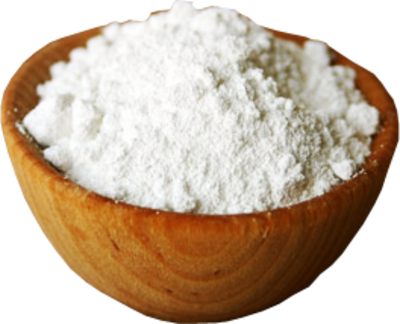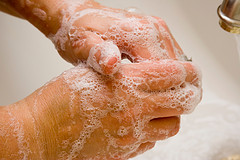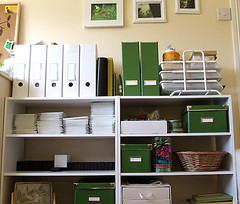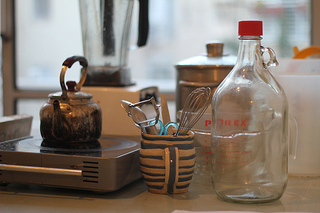Looking for that extra, deep clean trick that gives your home an extra bit of sparkle? Are you stuck trying to think of how to perfect your cleaning game? Perhaps you’ve never noticed it, but our walls need to be cleaned every so often, too! Dust, grime, and cobwebs can build up over the years. Until our attention is brought to the walls, we don’t even notice how desperately they need cleaning. But once we see the dirt on the walls, it can’t be unseen.
Here at Maid to Shine, we have the perfect cleaning hacks to help you get those dingy walls up to a professional standard of clean. This method has been tried and tested by our own cleaning techs. What warrants a cleaning for your walls? The passing of years can take their toll on your walls. Dust and cobwebs slowly make build up. Remodelling leaves tell-tale remnants. Or there’s dirt and grime that has worked its way onto the paint: leaving your walls in a wipe-down instead of a simple dusting.
The Condition of Your Walls Determines the Clean
Whether it’s dust from the house, dust from construction, or cobwebs this professional cleaning hack will perk up your walls instantly. The cleaning needs of walls varies from home to home. If loose, dry dust and cobwebs have accumulated on the surface of the wall, then the process of is quick and easy. Sometimes dirt can be dry dusted from walls, but there are also times when the dirt layers on and has to be wiped off gently with a damp cloth. To decide if your walls need a dry dusting or a wet wipe down, go to your walls with a damp cloth. Look up to the place where the walls meet the ceilings. Some walls have a layer of dry dust and/or cobwebs hiding there. If you see dust or cobwebs up there, you’ll need to dry dust it. If you don’t see evidence of this, take the damp cloth and wipe down a section of wall. Look at your cloth to see if it’s pulled up dirt, if so, then the walls need a wet wipe down.
What You’ll Need:
We’ll begin with the dry dusting method. For this task, you’ll need the following:
* dry, clean rags
* a basic, Swiffer mop (no Swiffer sheets needed)
* lambswool duster (optional)
Before dusting (if you choose to use a lambswool duster), check the upper edge and corners of the walls in the room for any cobwebs. Use the duster to pull down any cobwebs you find. Once you’ve rid the room of cobwebs, it’s time to dust the walls!!
To do this, place one of your clean, dry rags onto the Swiffer. You can put the rag on in the same way you put Swiffer sheets on the mop head. Be sure the rag is tight and secure. Next, place the mop head flat against the wall, up as far as it will reach (or as high as the wall goes). Slowly and firmly pull the mop head down the wall. This allows the rag to pull up the dust. Continue doing this from one side of the wall to the other. You can work in sections at a time, or you can work in a circle—to the right—beginning at the door and ending at the door. Do this for every room in your home that needs to be dry-dusted.
Yes, dry dusting your walls really is that easy and simple! Don’t forget to dust your baseboards with your lambswool while you’re at it. Next week, we’ll look at methods for wet-wiping down your walls. The method takes more time than the quick dusting, but it is still easy enough and will get the grime off of your walls. Stay tuned for more professional, wall-cleaning tidbits!






